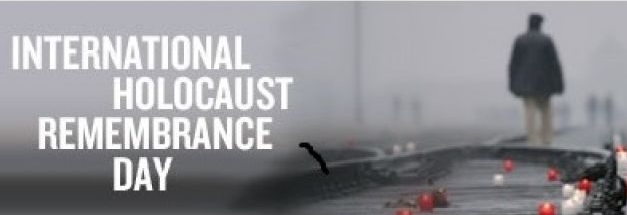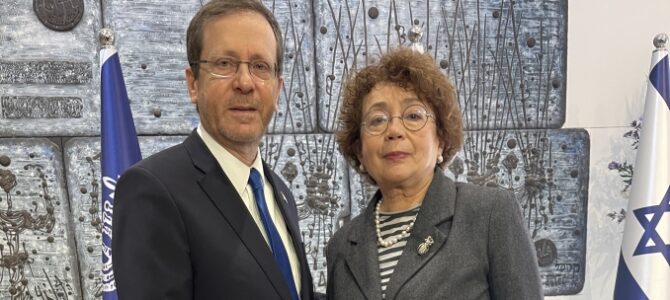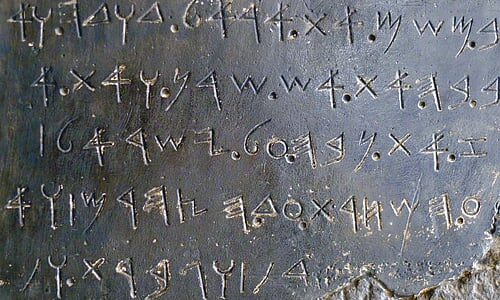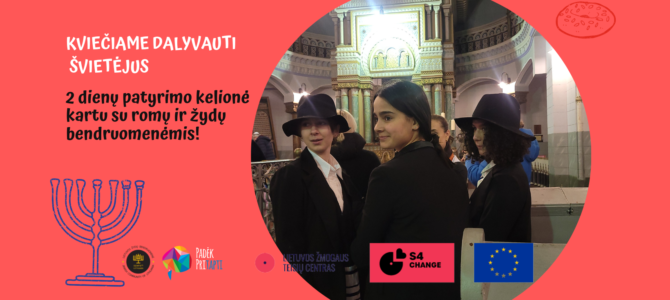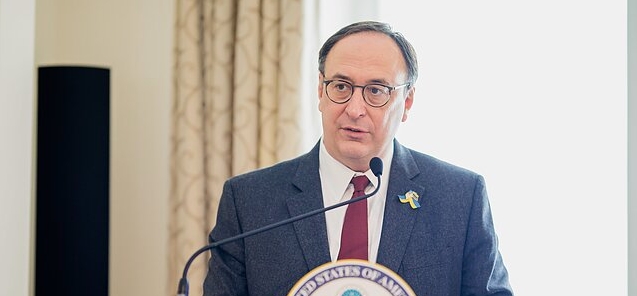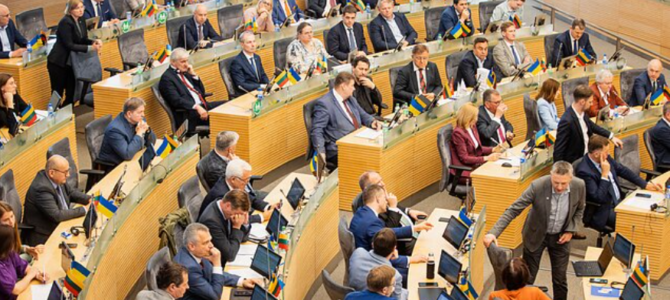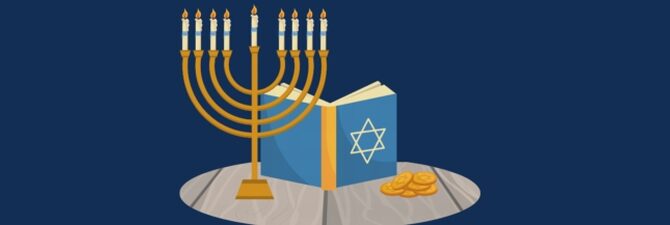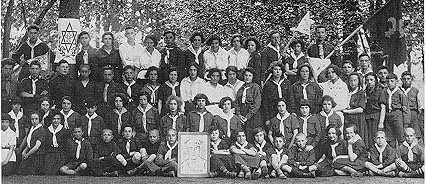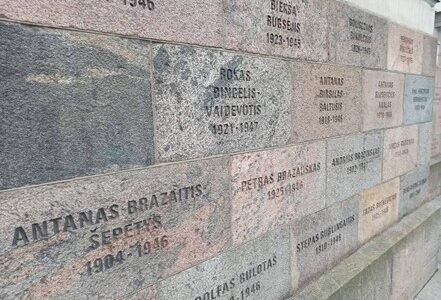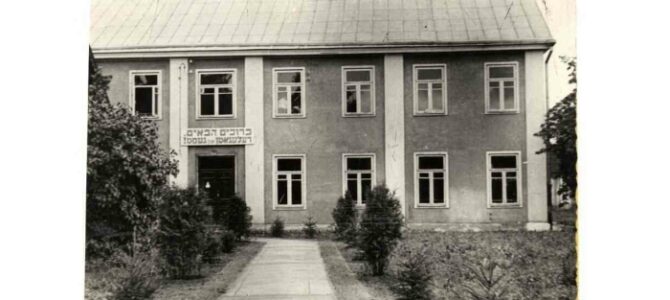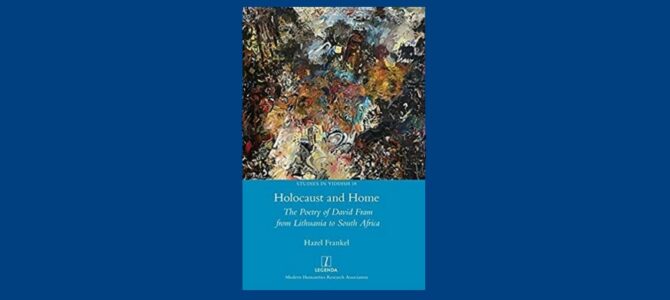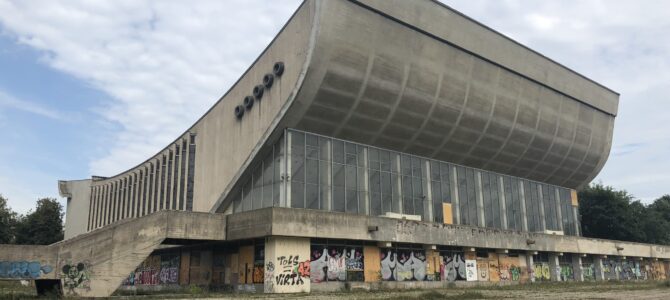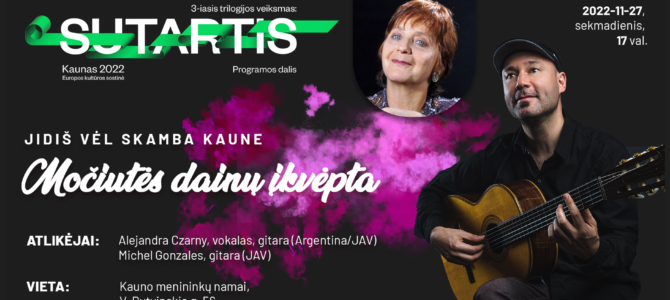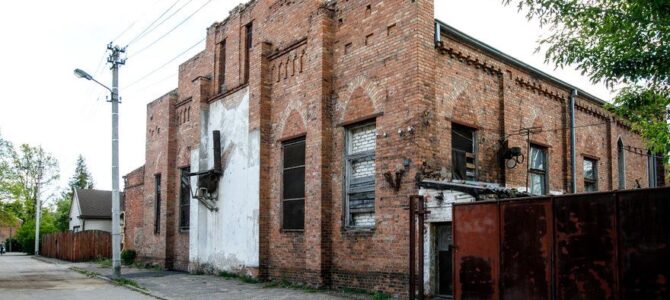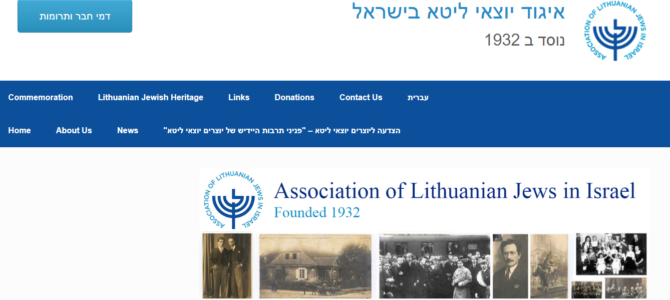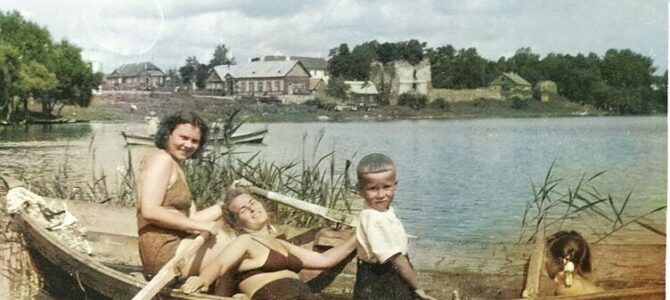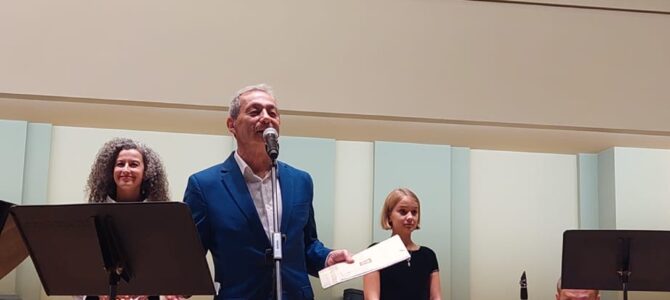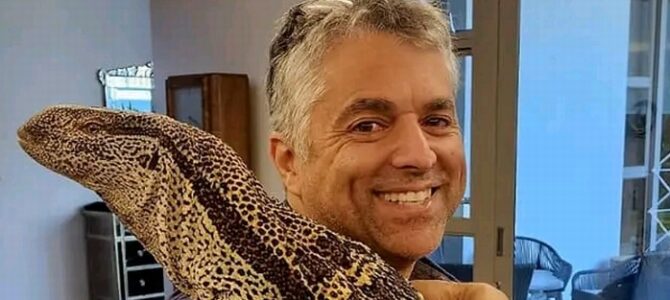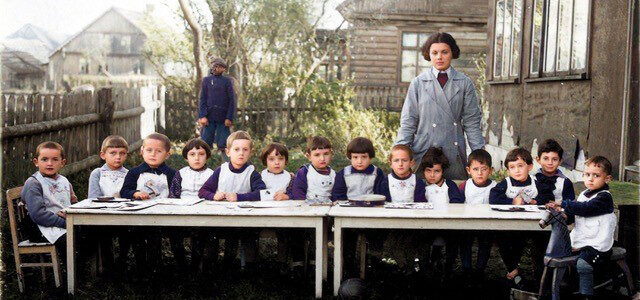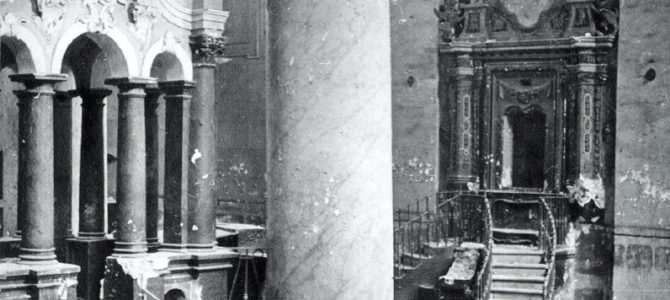To mark the International Day of Commemoration in Memory of the Victims of the Holocaust instituted by the United Nations in 2005, the Lithuanian Jewish Community will host a presentation of Vytautas Magnus University teacher Linas Venclauskas’s monograph about Lithuanian anti-Semitism and of Vytautas Toleikis’s book about the portrayal of Jews in Lithuanian literature.
The two presentations in Lithuanian begin at 6:00 P.M. on Thursday, January 26 at the Lithuanian Jewish Community in Vilnius. Note the United Nations’ International Day of Commemoration in Memory of the Victims of the Holocaust. more commonly called International Holocaust Remembrance Day, is officially on Friday, January 27, to mark the anniversary of the liberation of the Auschwitz-Birkenau concentration camp complex by the Soviet Red Army in 1945.


